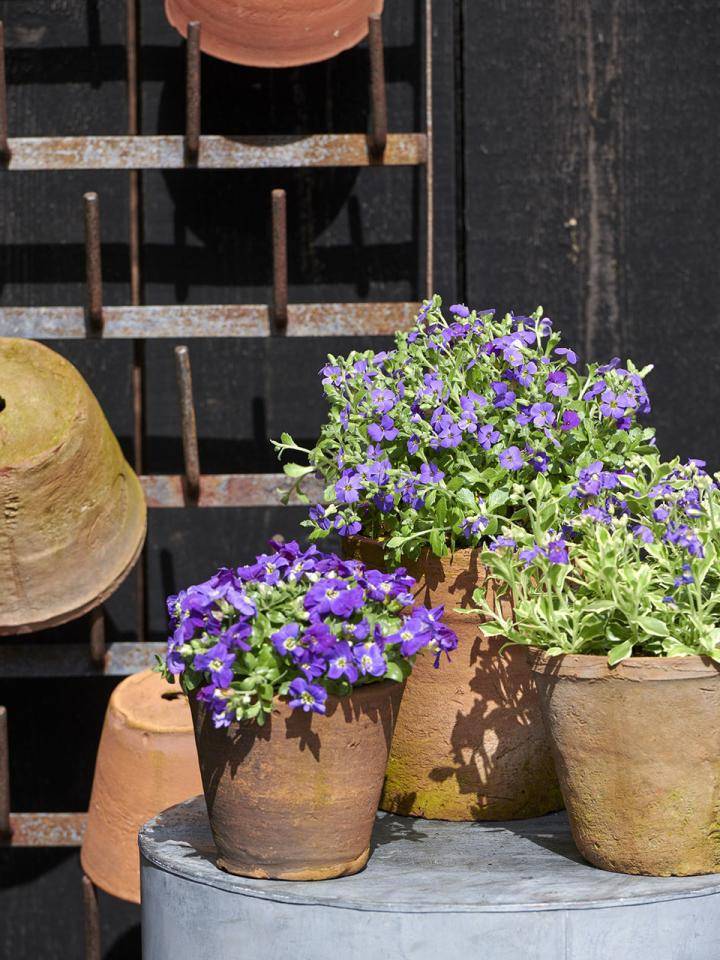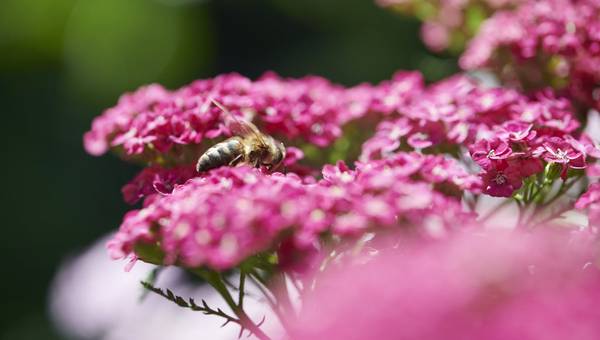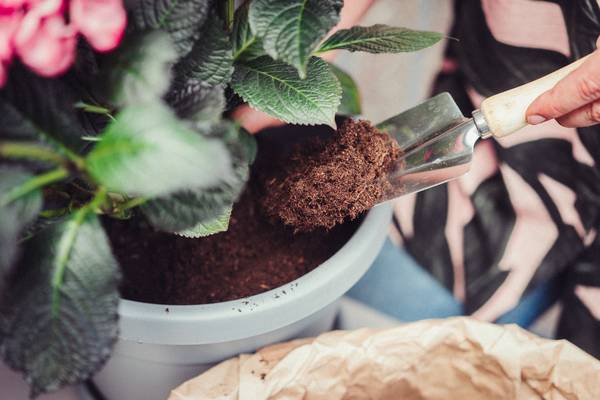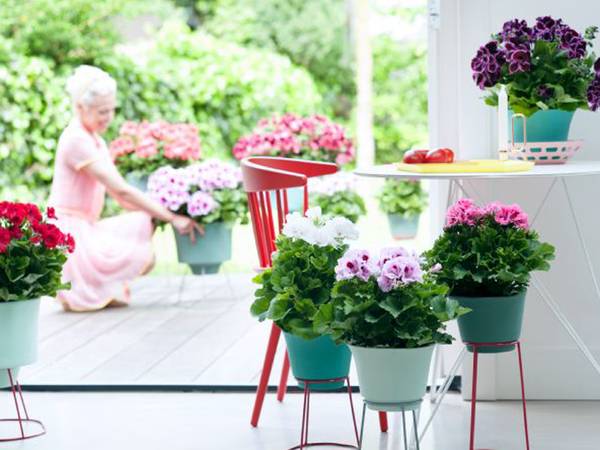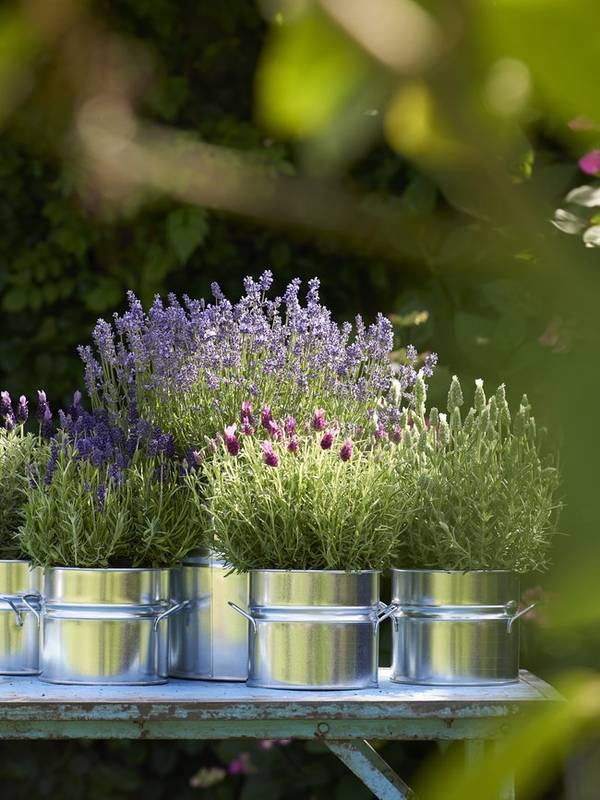
Aubrieta’s appeal comes partly from its attractive round shape. In the garden it looks like there are blooming cushions lying on the soil. Or scattered across the rockery, since Aubrieta is a plant that likes to nestle between stones and paving in order to brighten things up a bit. The flowers range from lavender blue through violet to indigo. They bloom in April and May, the foliage remains green all year round and the plant reaches a height of some 10 to 15 cm. The plant can expand comfortably into a blue blooming cushion/carpet/curtain some 60 cm wide.
Care
- Aubrieta likes a sunny spot.
- The soil should not be too damp: a somewhat dry border is preferable to a swampy pond edge.
- For optimum coverage plant 8 to 11 Aubrietas per square metre.
- Pruning back vigorously after flowering keeps the plant compact and encourages reflowering.
- Aubrieta is hardy.
Prince of the Peloponnese
Aubrieta is a member of the cabbage family and probably originates from southern Greece. Nowadays it can be found throughout southern Europe, particularly in mountainous regions and between rocks and stones. The plant is a real survivor that grows both at great heights where it can get quite cool and in considerably warmer dry zones. There are twelve known species. With its Mediterranean temperament Aubrieta is a plant that will easily survive the new, often warmer and drier summers that are probably heading our way.
Trivia
- The name Aubrieta is a reference to the French artist Claude Aubriet (1688-1743) who produced attractive botanical drawings of the plant.
- Aubrieta attracts a lot of butterflies and bees, which is good for the entire ecology of the garden.
- In the symbolism of plants Aubrieta represents austerity, because it does best in poor, slightly acidic soil and is not interested in lavish watering and feeding.
